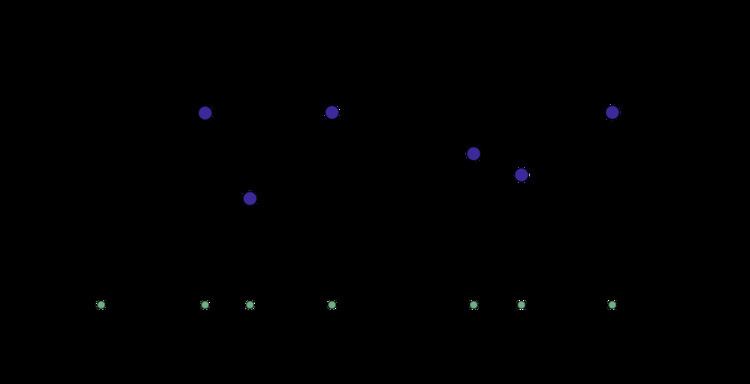 | ||
In probability and statistics a Markov renewal process is a random process that generalizes the notion of Markov jump processes. Other random processes like Markov chain, Poisson process, and renewal process can be derived as a special case of an MRP (Markov renewal process).
Contents
Definition
Consider a state space
Relation to other stochastic processes
- If we define a new stochastic process
Y t := X n t ∈ [ T n , T n + 1 ) , then the processY t - A semi-Markov process (defined in the above bullet point) where all the holding times are exponentially distributed is called a CTMC. In other words, if the inter-arrival times are exponentially distributed and if the waiting time in a state and the next state reached are independent, we have a CTMC.
Pr ( τ n + 1 ≤ t , X n + 1 = j | ( X 0 , T 0 ) , ( X 1 , T 1 ) , … , ( X n = i , T n ) ) = Pr ( τ n + 1 ≤ t , X n + 1 = j | X n = i ) = Pr ( X n + 1 = j | X n = i ) ( 1 − e − λ i t ) , for all n ≥ 1 , t ≥ 0 , i , j ∈ S - The sequence
X n Pr ( X n + 1 = j | X 0 , X 1 , … , X n = i ) = Pr ( X n + 1 = j | X n = i ) ∀ n ≥ 1 , i , j ∈ S - If the sequence of
τ s are independent and identically distributed, and if their distribution does not depend on the stateX n Pr ( τ n + 1 ≤ t | T 0 , T 1 , … , T n ) = Pr ( τ n + 1 ≤ t ) ∀ n ≥ 1 , ∀ t ≥ 0
